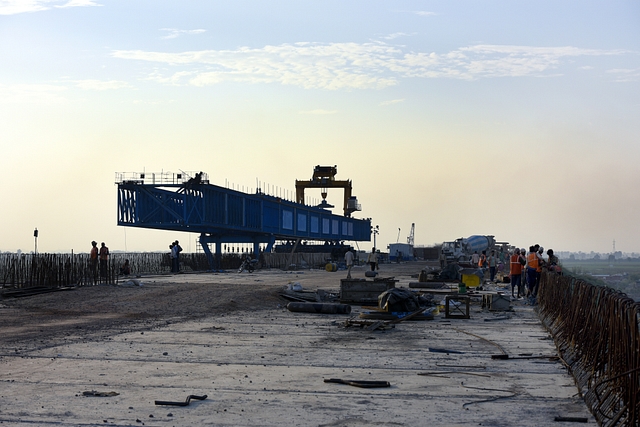
More Takers For Highway Projects: Moody’s Says Gadkari’s Hybrid Annuity Model Is Reviving The Once Sluggish Sector
The once sluggish highway construction sector has picked up momentum thanks to Union Minister for Road Transport and Highways Nitin Gadkari’s Hybrid Annuity Model (HAM), said Moody’s Investor Services.
Launched in early 2016, under the HAM, the government bears the cost of 40 per cent of the highway and pays the developer up front. The rest of the highways’ cost is then recovered through toll and then paid to the developer in installments.
Earlier this month, it was reported that the HAM made the infrastructure sector more viable for smaller developers who had bagged nearly half the construction orders given out in the previous fiscal.
In its report titled Infrastructure - India: Highway PPPs gaining momentum, the agency said that the increase in public-private partnerships (PPPs) in the sector helps imprive the credit rating of developers thus helping them in other sectors as well.
Private investment in highway projects had been declining in recent years, amid issues such as slow project approvals and cost overruns, but the Indian government’s introduction of the hybrid annuity model (HAM) in 2016— as a variation of PPPs—has triggered new investment inflows.Moody’s
Under the earlier model of Build-Operate-Transfer (BOT), only larger firms were able to compete due to the huge project cost at hand. However, now other sectors including railways, shipping and ports are looking at revamping their PPP framework to attract more investment.
In the current fiscal, the National Highways Authority of India (NHAI) awarded HAM contracts worth Rs 76,500 crore as compared to 2016-17 when projects worth Rs 36,300 crore were awarded.
The Moody’s report also adds that the HAM route allows developers to improve their credit ratings and thus enhance their capacity to take up future projects.